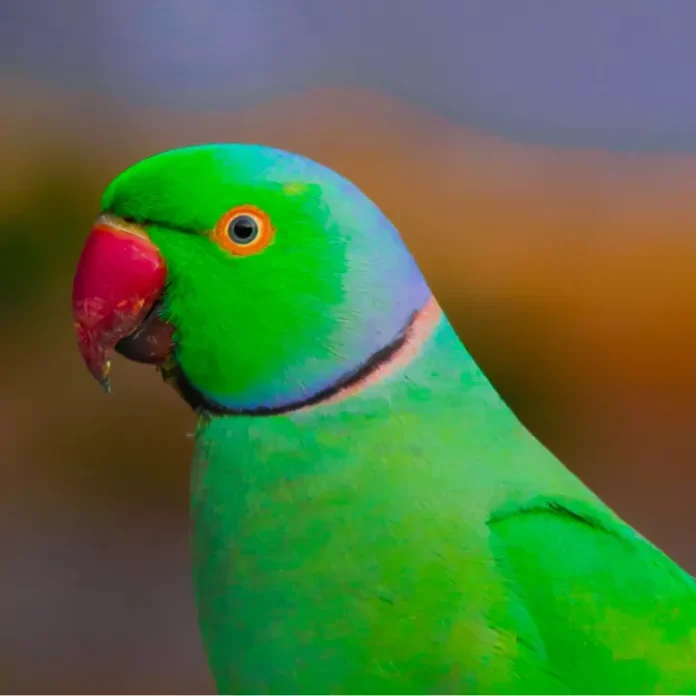The Omnivore’s Dilemma: A Natural History of Four Meals written by Michael Pollan is an intriguing book about the current food situation of America and by marking major developments in food and his journey to find “the best” way to eat. To choose to eat every day is to choose to survive but we rarely think about the science behind our choices or behind why those are the only seemingly available choices. While researching this topic and throughout reading this book, I made word clouds around central themes using words said throughout the book in order to point out things to consider while we make our food choices. Every time you look closer at any of the word collages, you notice something different to consider when thinking about food. I then made a collage incorporating these various topics because I believe that art would be the best way to communicate about food, another lesser thought about art form. Both food and art are forms of therapeutic activities that we oftentimes fall back on.
Michael Pollan coins an interesting term: the People of Corn which he uses to contrast the difference between the usage of corn by Americans and Native Americans (Pollan). America can very easily be considered a nation run on corn, on corn syrup, on corn-starch, and on corn-based fuel.
Unlike the Native Americans, current Americans heavily process corn to the point that it is no longer recognizable. This is not only an amazing feat of innovation, but its impact is also astounding as well. Corn was originally an incredibly thin and weed-like grass with some seeds at the top, but its current form is the result of generations of domestication and modification (Smithsonian 2020). The modern corn is very large, sweet, and fleshy making it an ideal source of energy in both food, livestock feed, and fuel. America grows over a third of the entire world’s corn and dominates the industry in the use of corn-based products in food and in bioethanol (Swain 2019). Corn is an incredible fuel source with it being one of the biggest components in the bioethanol industry, but it has many drawbacks considering that producing more fuel will limit how much food can be produced (Swain 2019). There are also many more unintentional effects of the abundance, and many uses for corn. Corn is a large factor as to why so many processed foods exist today.
Credit Thomas Hopper.
Processed foods are by no means entirely terrible, but it is important to consider that many processed foods exist solely because they are profitable even though they are at the expense of many of us. But interestingly, there is a high correlation between the higher income countries having higher rates of processed foods and obesity while middle income countries are following suit (Monteiro 2013). A neat way to sum it up is that “When consumed in small amounts and with other healthy sources of calories, ultra-processed products are harmless; however, intense palatability (achieved by high content of fat, sugar, salt, and cosmetic and other additives), omnipresence, and sophisticated and aggressive marketing strategies (such as reduced price for super-size servings), all make modest consumption of ultra-processed products unlikely and displacement of fresh or minimally processed foods very likely (Monteiro 2013).
Michael Pollan takes drastic steps of attempting to forage, strictly buying locally and freshly farmed and raised foods (Pollan). While that is certainly not possible for everyone, something that anyone can take from Michael Pollan’s approach is that we should be more mindful about what we eat but also remember to savor our food a little more. For example, there has been a lot of discourse surrounding a TikTok creator named Nara Smith who goes by the handle @naraazizasmith. She started making foods from scratch because of her eczema and skin conditions that caused her to reconsider many of the foods she was consuming, and she now primarily creates videos of her creating many foods from scratch such as yogurt, ice cream, breads, etc. Many others commented on her videos especially about her portion control because she seemed to be very satisfied with the small amounts of treats, such as ice cream, that she gives herself. It was apparent to see that she savored every single bite of the ice cream that she made from scratch and that she was truly satisfied with everything that she ate.
An interesting thing that Michael Pollan notes is that food and cooking is not as valued today. More often than not it is seen as a chore which is easy to do when life is constantly busy and throwing curve balls at you from left and right. But isn’t it more satisfying eating something that you took the time to make yourself? Of course, it can be very taxing and difficult but without cooking, most of us don’t take the time to reflect upon what we are eating. Do we take the time to enjoy our food? Rather than needing to cook everything ourselves, I believe that it is up to us to set aside time to enjoy food thoroughly by eating with friends and family or by reflecting upon ourselves and the joys within our lives. The dilemma isn’t whether or not we consume meat but rather what we have as food for thought!
Sources:
Mohanty, Sujit K., et al. “Bioethanol Production from Corn and Wheat: Food, Fuel, and Future.” Bioethanol Production from Food Crops, Academic Press, 24 Aug. 2018, www.sciencedirect.com/science/article/pii/B9780128137666000035?via=ihub#s0070.
Monteiro, C. A., et al. Ultra‐processed Products Are Becoming Dominant in the Global Food System – Monteiro – 2013 – Obesity Reviews – Wiley Online Library, onlinelibrary.wiley.com/doi/full/10.1111/obr.12107. Accessed 19 Apr. 2024.
Pollan, Michael. The Omnivore’s Dilemma: A Natural History of Four Meals. Penguin Group, 2006.
Smithsonian Institution. “Ancient DNA Continues to Rewrite Corn’s 9,000-Year Society-Shaping History.” Smithsonian Institution, 1 Jan. 1970, www.si.edu/newsdesk/releases/ancient-dna-continues-rewrite-corns-9000-year-society-shaping-history#:~:text=Some%209%2C000%20years%20ago%2C%20corn,a%20handful%20of%20stony%20kernels.









